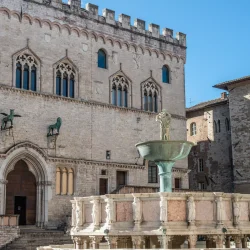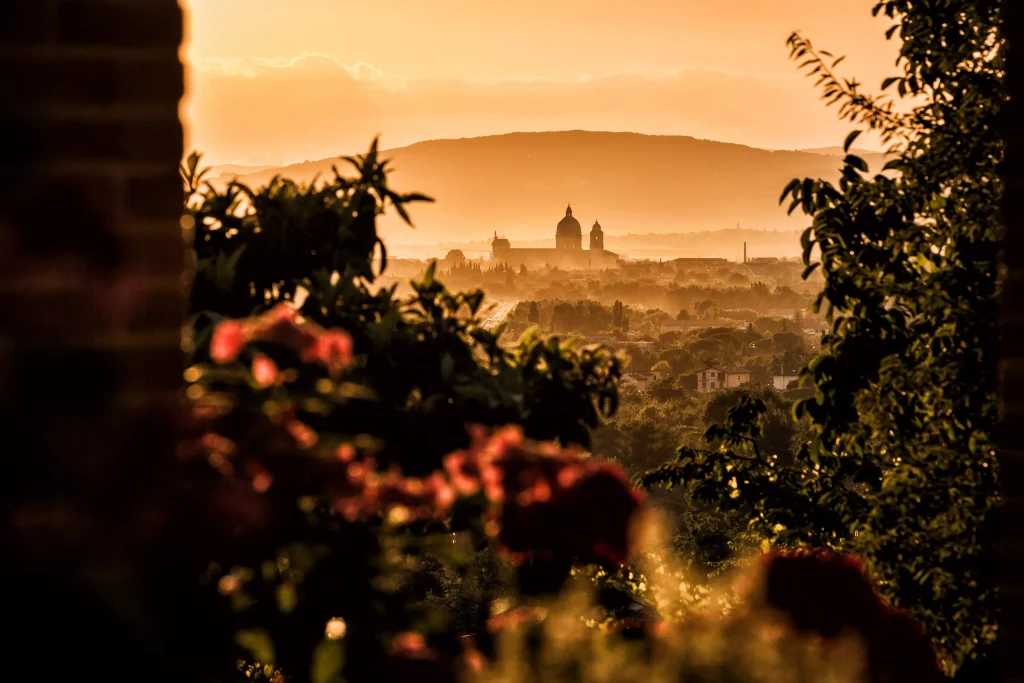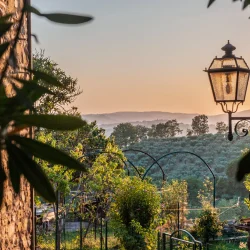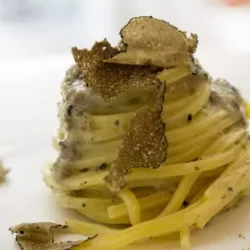
Umbria: The Wild Cousin of Tuscany
Italy, a country celebrated for its rich history, vibrant culture, and unparalleled cuisine, is a tapestry of diverse regions, each with its own unique charm. While Tuscany often steals the spotlight with its rolling hills, vineyards, and Renaissance art, its neighboring region, Umbria, quietly revels in its role as the wild cousin of Tuscany. Nestled in the heart of the Italian peninsula, Umbria offers a distinct experience, blending ancient mystique with untamed landscapes.
A Journey Through Time: Ancient Roots of Umbria
To truly appreciate the essence of Umbria, one must embark on a journey through time. The region’s roots trace back to the ancient Umbri and Etruscan civilizations, contributing to its rich archaeological tapestry. While Tuscany showcases the grandeur of Florence and Pisa, Umbria invites exploration of its lesser-known but equally captivating historical sites.
Perugia, the regional capital, stands as a testament to Umbria’s historical significance. With its medieval architecture and ancient walls, Perugia invites visitors to stroll through cobbled streets steeped in history. The Palazzo dei Priori, a majestic medieval palace, and the Fontana Maggiore, a stunning 13th-century fountain, are just glimpses into the city’s storied past.
Untamed Landscapes: Nature’s Canvas in Umbria
While Tuscany’s landscapes are often characterized by orderly vineyards and manicured fields, Umbria takes pride in its wild, untamed scenery. The Apennine Mountains cut through the region, offering a rugged backdrop that contrasts with Tuscany’s more polished aesthetic.
Lake Trasimeno, Italy’s fourth-largest lake, serves as a serene centerpiece to Umbria’s natural beauty. Surrounded by rolling hills and medieval villages, the lake provides a tranquil escape, perfect for those seeking solitude away from the bustling crowds of more touristy destinations.
The Valnerina Valley, a hidden gem in Umbria, showcases the region’s wild side with its deep gorges, dense forests, and rushing rivers. Hiking enthusiasts can explore the Monti Sibillini National Park, home to diverse flora and fauna, including the elusive Apennine wolf. The untamed landscapes of Umbria offer a playground for nature lovers and adventurers alike.
Gastronomy: Umbria’s Culinary Secrets
Italian cuisine is revered worldwide, and each region contributes its own gastronomic treasures. Umbria, often overshadowed by Tuscany’s renowned culinary scene, boasts its own array of delectable dishes that capture the essence of the region.
Truffles, often referred to as the diamonds of the culinary world, thrive in the woodlands of Umbria. The black truffles of Norcia are particularly celebrated, finding their way into various dishes, from pasta to risotto. Local markets offer a sensory feast, where the earthy aroma of truffles mingles with the vibrant colors of fresh produce and artisanal cheeses.
Umbria’s robust olive oil is another culinary gem, with the region producing some of Italy’s finest varieties. The hillsides are adorned with olive groves that contribute to the creation of extra virgin olive oil, a staple in Umbrian kitchens. Visitors can indulge in olive oil tastings, gaining a deeper appreciation for the craftsmanship behind this liquid gold.
Artistic Vignettes: Umbria’s Cultural Tapestry
While Tuscany boasts the masterpieces of Michelangelo and Leonardo da Vinci, Umbria weaves its own cultural tapestry through the works of lesser-known yet equally talented artists. The medieval town of Assisi, birthplace of St. Francis, is a pilgrimage site that doubles as an open-air art gallery.
The Basilica of San Francesco, a UNESCO World Heritage site, houses exquisite frescoes by Giotto and Cimabue, depicting the life of St. Francis. These masterpieces, often overshadowed by the grandeur of Florence’s art scene, offer a more intimate and contemplative experience.
Spoleto, another jewel in Umbria’s cultural crown, hosts the Festival dei Due Mondi, a celebration of music, dance, and theater that attracts artists and art enthusiasts from around the globe. The town becomes a stage, blending historical architecture with avant-garde performances, creating a unique and dynamic artistic atmosphere.
Umbria: A Timeless Retreat
In a world where destinations are often defined by their popularity on social media, Umbria remains a timeless retreat, a sanctuary for those seeking an authentic and unfiltered Italian experience. Its wild landscapes, ancient history, and culinary delights beckon travelers to venture beyond the well-trodden paths of Tuscany and discover the untamed beauty of its cousin to the south.
As you traverse the cobblestone streets of Perugia, hike through the rugged Valnerina Valley, savor the earthy richness of Umbrian truffles, and contemplate the masterpieces adorning the walls of Assisi, you’ll find that Umbria offers a captivating journey through the heart and soul of Italy. In the embrace of its wild charm, Umbria whispers its secrets to those willing to listen, inviting you to uncover the hidden treasures of this enchanting region.


